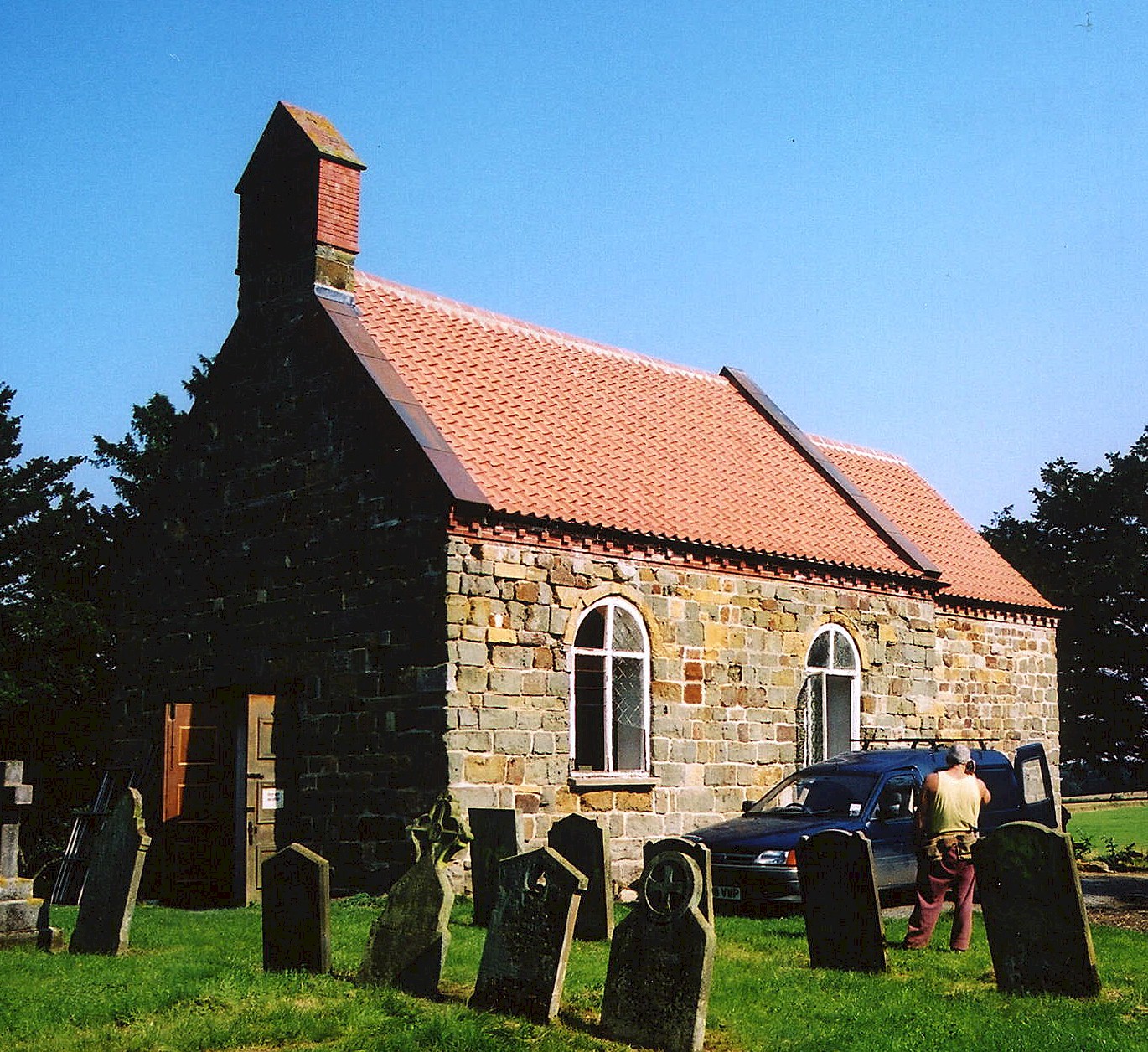Hide
Panton
hide
Hide
hide
Hide
hide
Hide
Hide
hide
Hide
"PANTON, a parish in the E. division of the wapentake of Wraggoe, parts of Lindsey, county Lincoln, 3½ miles N.E. of Wragby, its post town, and 7 E. of the Wickenby railway station. The village, which is small, is situated on a branch of the river Langworth, and is wholly agricultural. The tithes have been commuted for a rent-charge of £416, and the glebe contains about 24 acres. The living is a rectory* annexed to the vicarage* of Wragby, in the diocese of Lincoln. The church is dedicated to St. Andrew. The register dates from 1736."
[Transcribed from The National Gazetteer of Great Britain and Ireland 1868]
by Colin Hinson ©2020
Hide
| St Andrew, Panton, Church of England |
- The parish was in the Wragby sub-district of the Horncastle Registration District.
- Check our Census Resource page for county-wide resources.
- The table below gives census piece numbers, where known:
| Census Year | Piece No. |
|---|---|
| 1851 | H.O. 107 / 2107 |
| 1861 | R.G. 9 / 2365 |
| 1871 | R.G. 10 / 3378 |
| 1891 | R.G. 12 / 2597 |
| St Andrew, Panton, Church of England |
- The Anglican parish church is dedicated to Saint Andrew.
- The church is a small building of stone.
- The church seats about 80.
- The interior of the church was restored in 1904.
- The Diocese of Lincoln declared this church redundant in March, 1974. In February of 1982 they began using it for storage.
- Here is a photo of Saint Andrew's Church, taken by Ron COLE (who retains the copyright):

- The Anglican parish register dates from 1736.
- The LFHS has published several marriage indexes for the Horncastle Deanery to make your search easier.
- Check our Church Records page for county-wide resources.
- The parish was in the Wragby sub-district of the Horncastle Registration District.
- Check our Civil Registration page for sources and background on Civil Registration which began in July, 1837.
Panton (Panton by Wragby) is both a village and a parish in the Wold Hills, 3 miles east of Wragby and 10 miles north-west of Horncastle. Sotby parish lies to the east and Hatton parish to the south. The parish covers 2,018 acres.
If you are planning a visit:
- By automobile, take the A158 trunk road northwest out of Horncastle, past Baumber and turn north at the signs for Hatton. Pass through Hatton and proceed about 2 miles to Panton.
- Visit our touring page for more sources.
The National Gazetteer of Great Britain and Ireland - 1868
"PANTON, a parish in the E. division of the wapentake of Wraggoe, parts of Lindsey, county Lincoln, 3½ miles N.E. of Wragby, its post town, and 7 E. of the Wickenby railway station. The village, which is small, is situated on a branch of the river Langworth, and is wholly agricultural. The tithes have been commuted for a rent-charge of £416, and the glebe contains about 24 acres. The living is a rectory* annexed to the vicarage* of Wragby, in the diocese of Lincoln. The church is dedicated to St. Andrew. The register dates from 1736."
- Ask for a calculation of the distance from Panton to another place.
- Panton Hall was the seat of Edmund TURNOR, lord of the manor in 1900. It was made of white brick and erected in 1719 - 1720.
- In 1775 the Hall was expanded as new wings were added and the landscaping was redone.
- Panton Hall was demolished in the 1960s.
- There is also a Panton House in the village.
- See our Maps page for additional resources.
You can see maps centred on OS grid reference TF176792 (Lat/Lon: 53.296568, -0.237236), Panton which are provided by:
- OpenStreetMap
- Google Maps
- StreetMap (Current Ordnance Survey maps)
- Bing (was Multimap)
- Old Maps Online
- National Library of Scotland (Old Ordnance Survey maps)
- Vision of Britain (Click "Historical units & statistics" for administrative areas.)
- English Jurisdictions in 1851 (Unfortunately the LDS have removed the facility to enable us to specify a starting location, you will need to search yourself on their map.)
- Magic (Geographic information) (Click + on map if it doesn't show)
- GeoHack (Links to on-line maps and location specific services.)
- All places within the same township/parish shown on an Openstreetmap map.
- Nearby townships/parishes shown on an Openstreetmap map.
- Nearby places shown on an Openstreetmap map.
- This place was an ancient parish of Lincolnshire and became a modern Civil Parish when those were established.
- The parish was in the ancient Wraggoe Wapentake in the East Lindsey district in the parts of Lindsey.
- For today's district governance, see the East Lindsey District Council.
- Bastardy cases would be heard in the Wragby petty session hearings on the first Thursday of every month.
- As a result of the 1834 Poor Law Amendment Act, the parish became part of the Horncastle Poor Law Union on 16th January 1837.
Year Inhabitants 1801 86 1811 73 1821 83 1831 93 1841 150 1851 182 1871 157 1881 159 1891 150 1901 141 1911 124 1921 153 1931 99
- A small National School was built here before 1900 to hold 30 students.
- For more on researching school records, see our Schools Research page.
